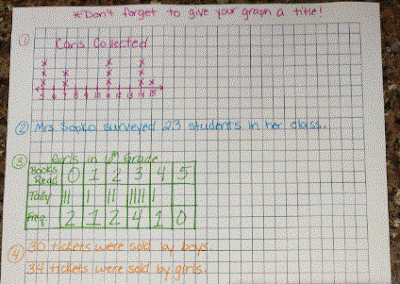Watch this video as many times as you need. Complete all questions throughout the video. Don't forget to WSQ in your notebooks.
W = Work out any problems you are given in the video in your notes.
S = Summarize the video. This can be done using bullets. Answer the summary questions below.
Q = Question you have or a question someone else might have about the information in the video.
Summary:
Summary:
- How do you create a box and whisker plot? (List the steps.)
- What are quartiles?
- How do you find quartiles?
- What percent of the data falls into each quartile?
- Draw and label an example of a Box-and-Whisker Plot.
Or Watch the Longer Version Below




